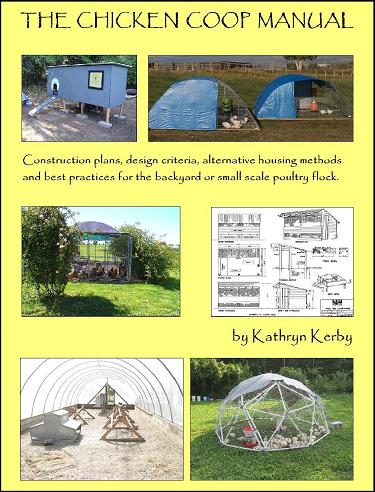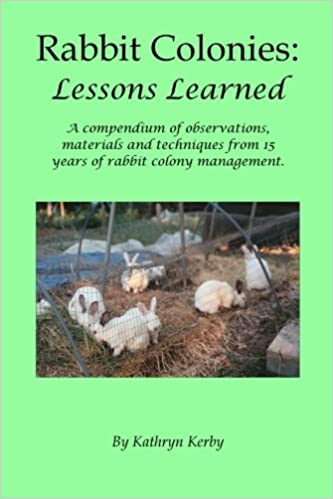|
Search this site for keywords or topics..... | ||

Custom Search
| ||
Poultry Nutrition:
Energy Content
Energy content is a very general term for how much energy a given feed, or a given blend of feeds, will provide. All living things require a certain amount of energy to function. Plants get that energy via photosynthesis, where they convert the energy in sunlight into chemical and metabolic energy within the plant's cells. But animals can't do photosynthesis. They must get that energy by eating plants or other animals. Warm-blooded animals (which includes birds) must devote approximately 80-90% of their daily energy intake, to maintaining their internal body temperature. Only after the internal body temp needs have been met, can the body then do all the other tasks that need doing - growth, healing, moving, egg production, etc. One interesting aspect of this part of nutrition, is that energy content will, to a large extent, determine how much the animal eats. If the feeds are high in energy, the animal will feel satiated sooner, and stop eating sooner, than if the feeds are low in energy. On the other hand, if the feeds are extremely low in energy, the animal could potentially eat all day long and still not eat enough. This has interesting implications for those who wish to grow and/or blend their own feeds. If the basis of a particular ration is high in energy, then the other nutrients in the ration (such as proteins discussed above, and vitamins/minerals listed below) must also be high. This is because the animal will eat less total, yet still must take in a certain minimum amount of each nutrient per day. Remember above when we described how serving size determined how much protein a given animal would consume per day? This is why. If the ration is high energy, the protein percentage might be OK but the total proteins consumed would be too low. Conversely, a low energy feed might have 16% protein yet the animal will get more protein than needed because the low energy compels the animal to eat more than it would otherwise. Bagged, complete feeds have already worked out good balances between high/low energy and high/low proteins, to provide a ration such that most animals will eat just enough to provide for their daily needs without eating too much or too little. Yet folks who want to raise/blend their own feeds must either follow established recipes to ensure they maintain this balance, or do a LOT of experimentation and careful note-taking to ensure their feeding program is balanced. Much of the money that would otherwise be saved by raising/blending feeds ourselves, is lost here due to poor protein and/or energy balancing.
Poultry Books
Sponsored Links
Our Successful Farming and Ranching Books

We released our very first self-published book. The Chicken Coop Manual in 2014. It is a full color guide to conventional and alternative poultry housing options, including 8 conventional stud construction plans, 12 alternative housing methods, and almost 20 different design features. This book is available on Amazon.com and as a PDF download. Please visit The Chicken Coop Manual page for more information.

Rabbit Colonies: Lessons Learned
We started with rabbits in 2002, and we've been experimenting with colony management ever since. Fast forward to 2017, when I decided to write another book, this time about colony management. The book is chock-full of practical information, and is available from both Amazon and as a PDF download. Please visit the Rabbit Colonies page for more information.
The Pastured Pig Handbook
We are currently working on our next self-published book: The Pastured Pig Handbook. This particular book addresses a profitable, popular and successful hog management approach which sadly is not yet well documented. Our handbook, will cover all the various issues involved with pastured hog management, including case studies of numerous current pastured pig operations. If you have any questions about this book, please Contact Us.